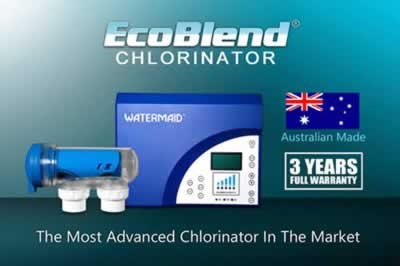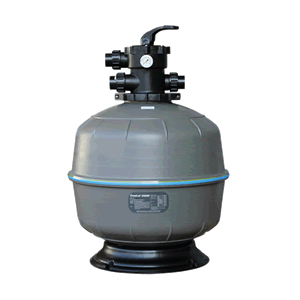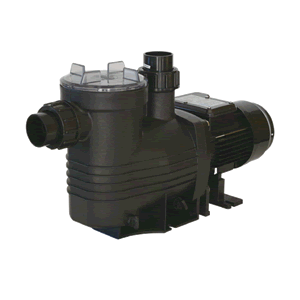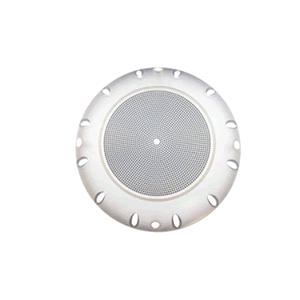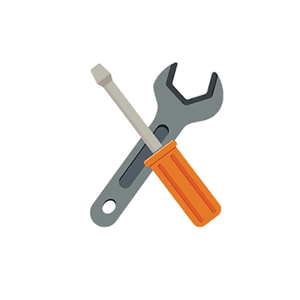pH and Water Balance 
To ensure sparkling clean pool water, it is important to maintain balanced pool water.
What is pH?
pH is a measure of the concentration of hydrogen ions in a solution, or in simpler terms, the acidity or alkalinity of a solution. A solution with pH 7 is neutral; below 7 is acidic; and above 7 is alkaline (or "basic").
What is the ideal pH?
For swimming conditions, it is recommended to keep the pH between 7.2 and 7.8 for bather comfort and to prevent damage to the pool surface.
Why is this important?
If the pH of the pool water is too low (acidic), it may cause etching to the pool surface and cause any metal fittings to corrode. Bathers in acidic pool water may experience a burning sensation to their eyes, nose and skin; and their swimwear may fade.
If the pH of the pool water is too high (basic), it may result in cloudy water, scaling and algae formation; and bathers may experience skin irritation.
What causes low pH?
- Water supply may have low pH
- Chemicals added to the water, including pH reducers
- Rainwater and/or ground water may be acidic
- Organic materials entering the pool (plant matter, insects, etc)
- Human bodily fluids (oils, saliva, urine, etc).
How do you raise the pH level?
It is usually a balancing act with pool water, as the pH level often changes. If the pool test kit indicates that the water is acidic, then the pH level may be raised by adding sodium bicarbonate (also known as a "pH buffer"). Only add sodium bicarbonate as per the instructions found on the product label and to the deep end of the pool. Then run the pool equipment to distribute it around the pool.
Test the pool water again after 2-3 days. If the pH is still low, more may be required.
What causes high pH?
- Some pool surfaces (marblesheen, quartzon, pebblecrete and tiled)
- Chemicals added to the water, including chlorine stabiliser, calcium hypochlorite and carbonates
How do you lower the pH level?
To lower the pH, hydrochloric acid will need to be added to the pool water. Alternatively, there are products available called “pH Reducer” or “pH Minus” which will achieve the same result. When using any of these chemical products, care must be taken as contact with skin can cause serious burns. Always follow the instructions on the product label for how much to add and wear appropriate protective gear during use.
How often should you check the pH level?
The table below shows the recommended method for adjusting the pH of the pool water.
| pH Reading |
Action(s) Required |
| 7.2 to 7.8 |
- Ideal Range
- No action required
|
| >7.8 |
- Decrease pH by using hydrochloric acid (add sparingly), following the product label instructions
- As a general rule, add no more than 1L of hydrochloric acid for every 50,000L of pool water
- Do not add more acid than is necessary
- After adding acid as per above, re-test again in 2 to 3 days
- Do not chase small variations in pH
|
| <7.2 |
- Increase pH by using sodium bicarbonate ("pH Buffer"), following the product label instructions
- After adding sodium bicarbonate, re-test again in 2 to 3 days
- Do not chase small variations in pH
|
|
